|
Fieke says: Let’s explore thinking in design thinking. Let’s take it one step further than we usually do and try to discover the value of philosophy for our practice. Sometimes it is argued design thinking is actually design doing. In this webjam we emphasize the thinking part. During the webjam we will use Derrida’s philosophy of the frame and his notion of ‘deconstruction’ to boost our thinking in order to generate inspiring frames. As design thinkers we generate multiple perspectives on a problem and its context, a process we call ‘framing’. We recognize the value of framing. More interesting frames lead to better designs. We assume there is always another unique frame that could shine a new light on the situation. But how far can we stretch our thoughts about how to view a situation or an object? Is this an infinite thinking space?
0 Comments
Together with UXpressia, Ilonka created patient journey cards. The most common question we get when we help organisations map the journeys of patients is: how do I choose the steps? That is why Ilonka created the cardset. The game consist of 4 phases with 6 cards. The cards describe different phases in the journey of a patient going to a hospital. RESOURCE
LINK 1 - Patient lab journey WWJ no. 49 radio show- Stories of Design Thinking in Large Organisations by katharina berger3/11/2021 As a long time Head of Design Thinking at Deutsche Bank and from her experience working with large organisations since then, Katharina Berger will share with us some of her most impactful insights on how organisations learn and evolve in reaction to the need to innovate. Join us in this new WWJ format - a radio show - an online experiment on diving deeper into innovation topics that deserve more discussion time. wwj 48 Avoiding Parachuting Cats into Borneo starts with you as a change agent with Axel klimek3/4/2021 Only 1/3 of all change or transformational initiatives are successful. To increase this poor success rate, it is necessary to create a deeper understanding of the Human Side of Change and Transformation. Our mindset, personally and culturally, works like a filter, it creates the reality we perceive and it determines how we feel in a situation and when and how we act. Neuroscience can now explain how our mindset is embedded in the neuron connections of our brain. This physical structure is responsible for our habitual ways of perception, feeling, reasoning and acting and determines up to 95% of our day to day activities. But our brain also has an impressive capacity to adapt — its plasticity. In this WWJ, we want to take a closer look at how to initiate such a deeper learning process. And we also want to focus on, that any transformation and deep change, starts with you as the change agent
The concept of jobs to be done (JTBD) provides a lens through which we can understand creating customer value. You’re probably familiar with the basic concept: people “hire” goods and services to accomplish an objective. By providing a language for describing these objectives independent of solutions, JTBD helps organizations identify new opportunities. More than that, JTBD provides a lingua franca to shift your collective mindset to be more customer-focused. In this talk, author Jim Kalbach will discuss some of the core concepts from his recent book The JBTD Playbook, focused on job maps and job stories in particular. He’ll provide examples and demonstrate some of the techniques, as well as take questions from the audience. |
Archives
April 2023
Categories |
||||||

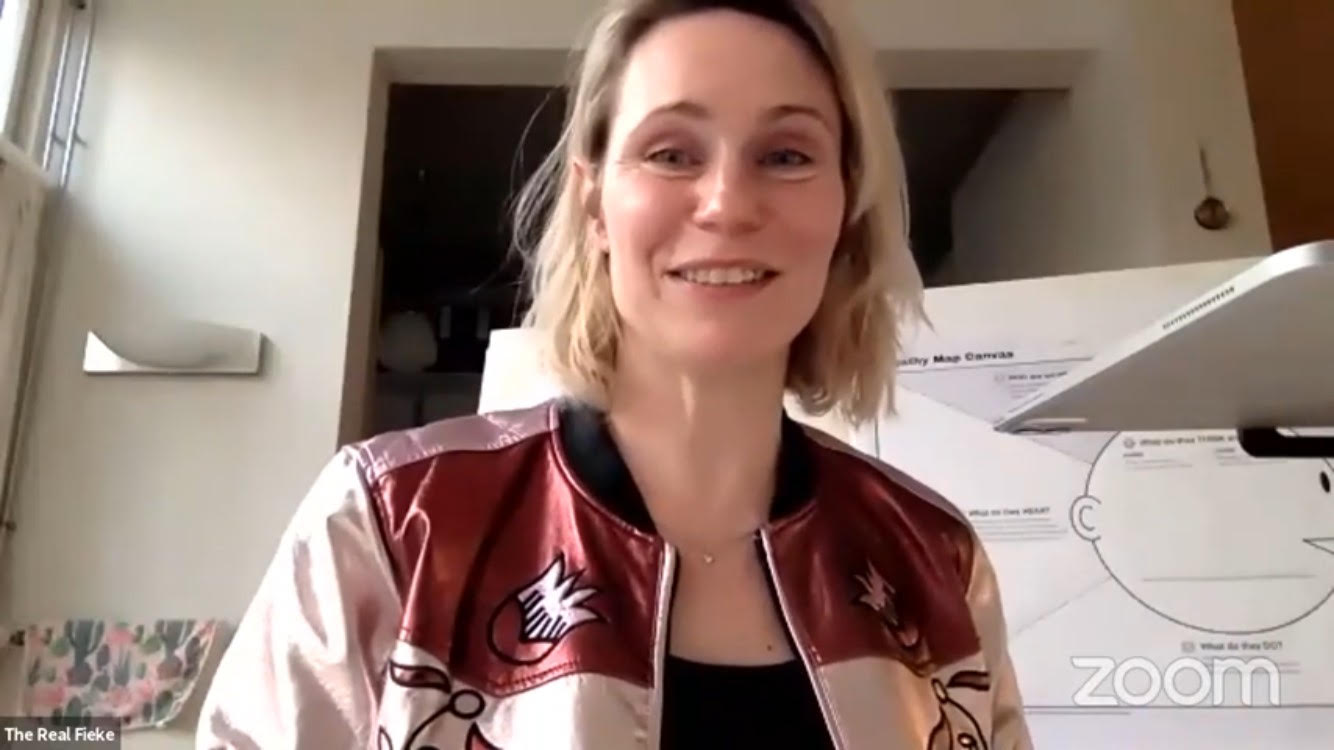


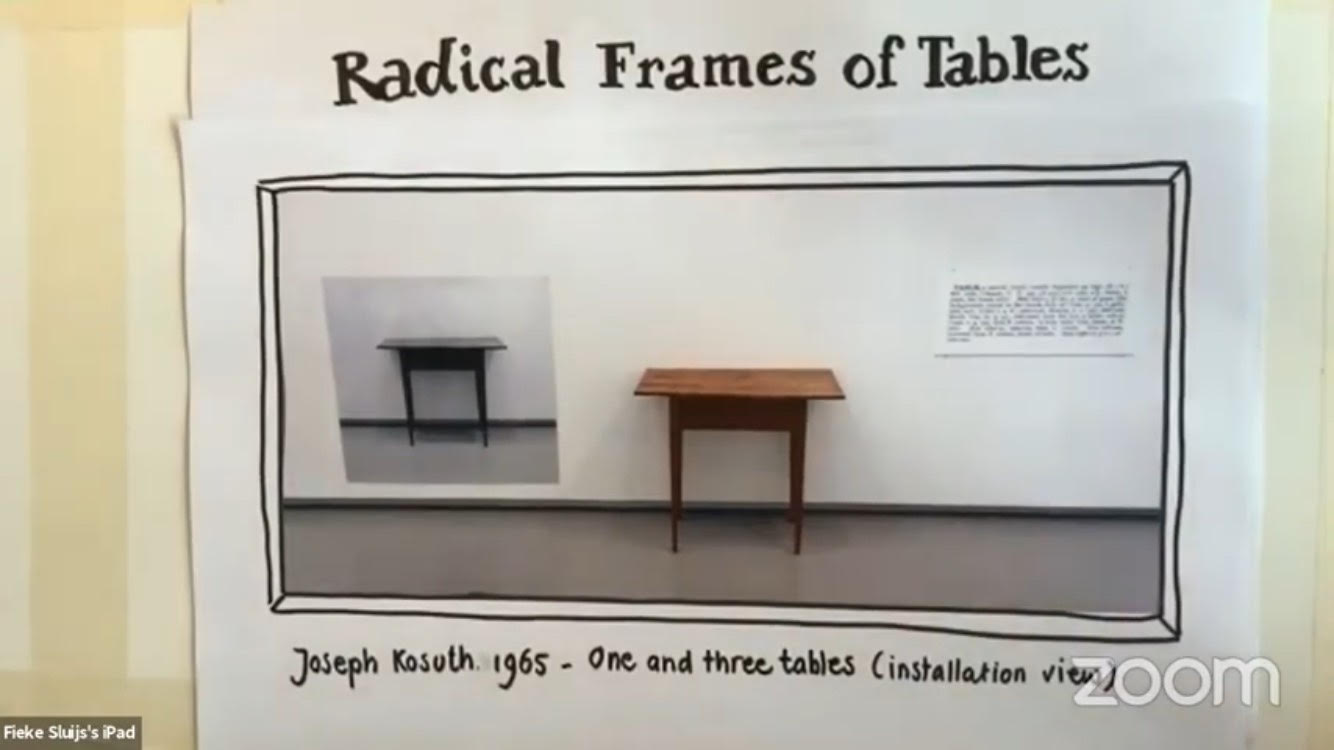


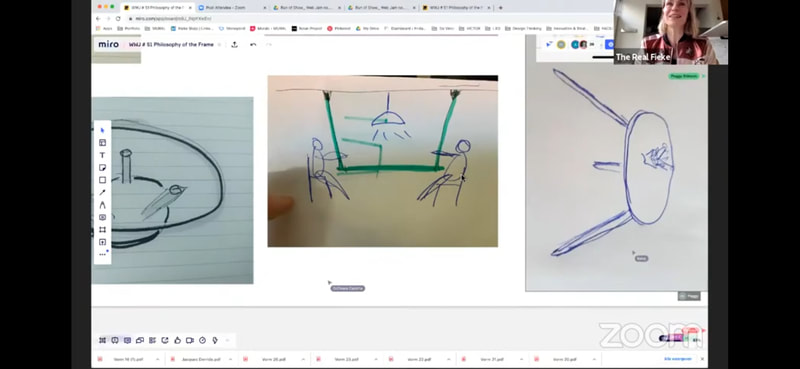
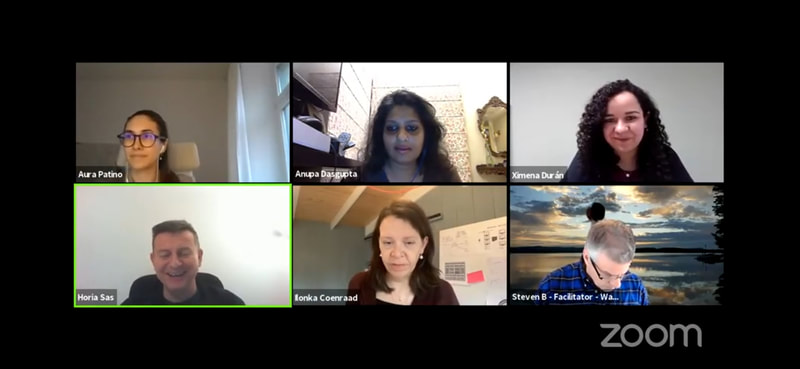

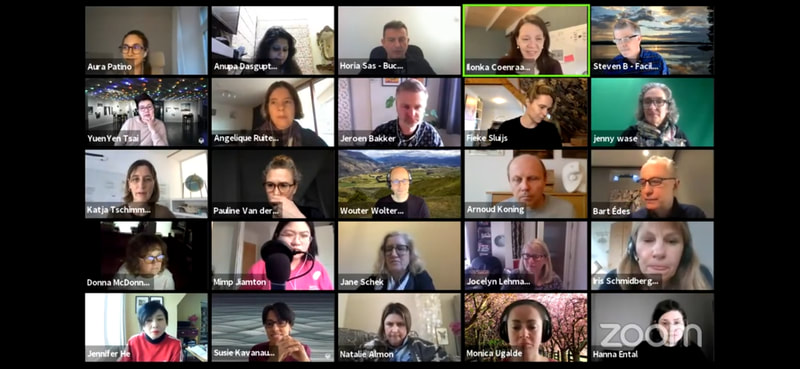


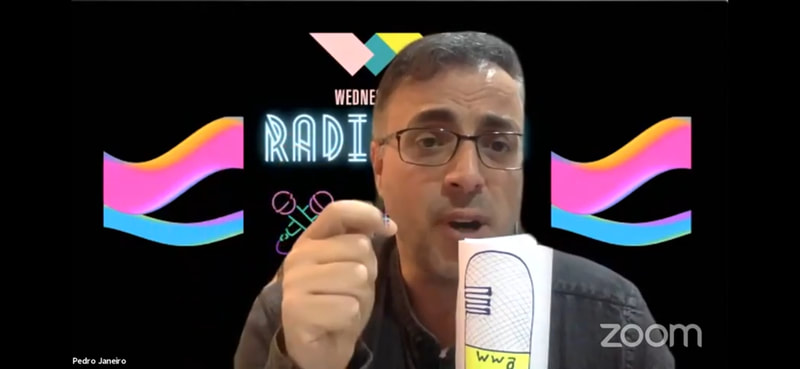
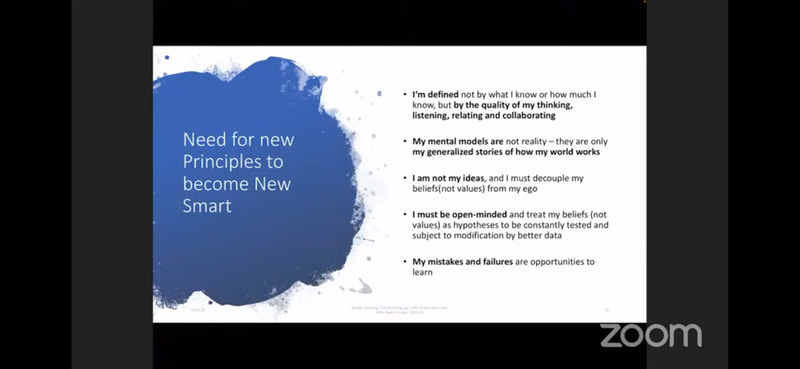

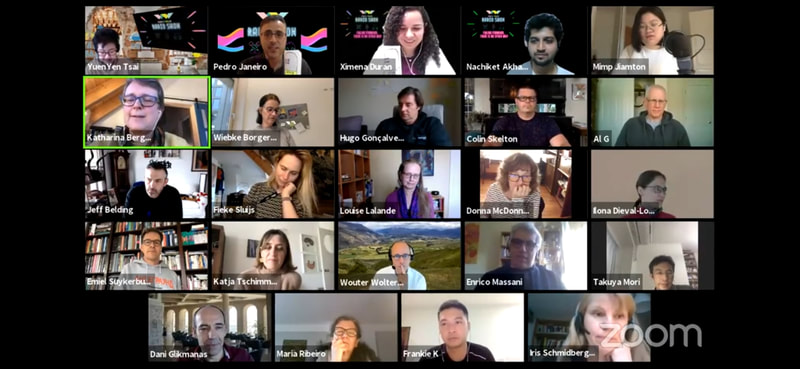

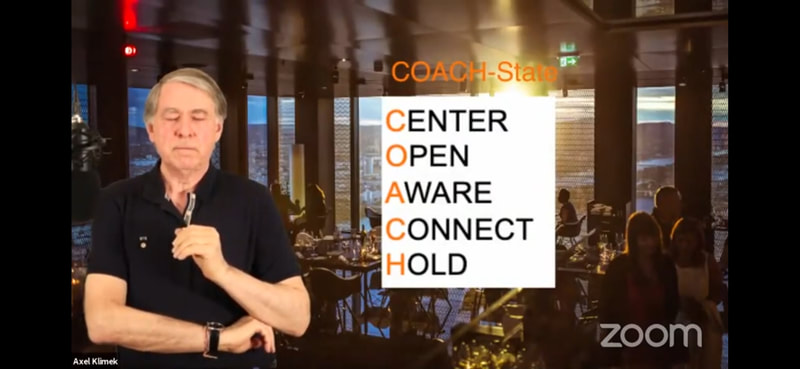
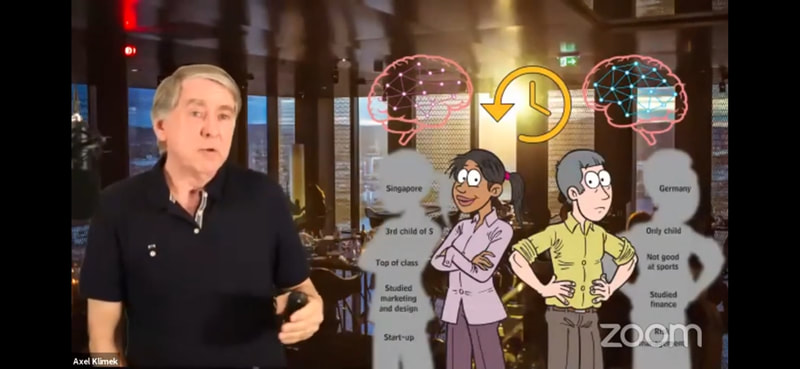
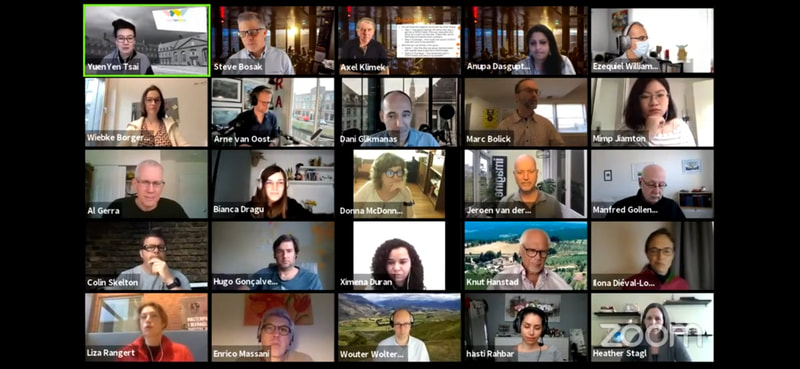


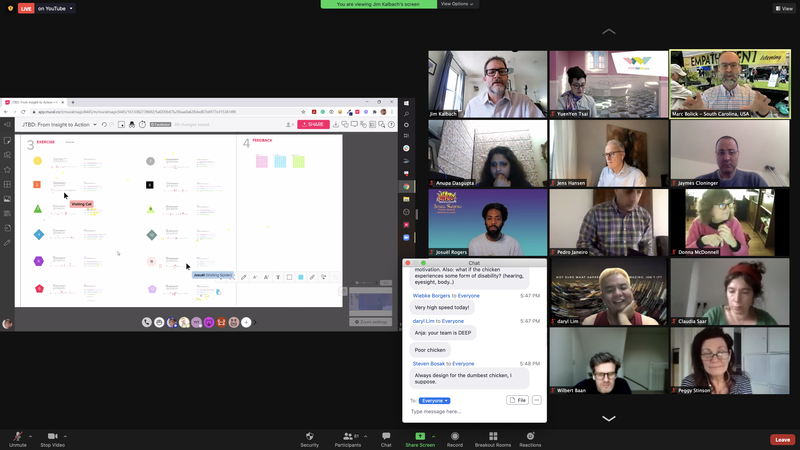
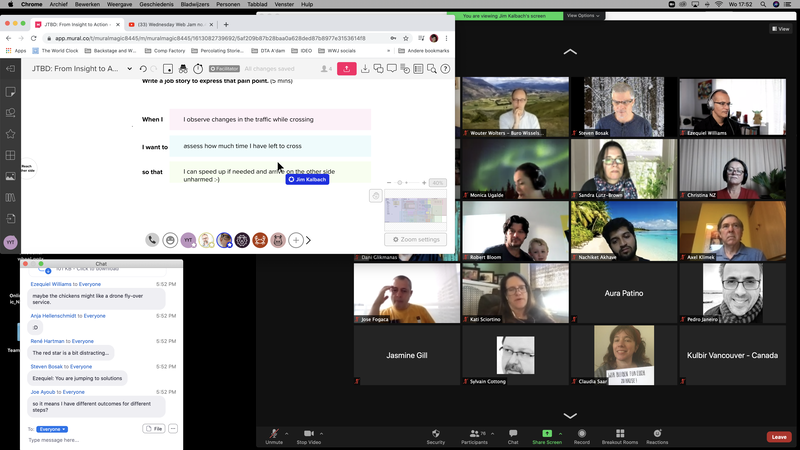


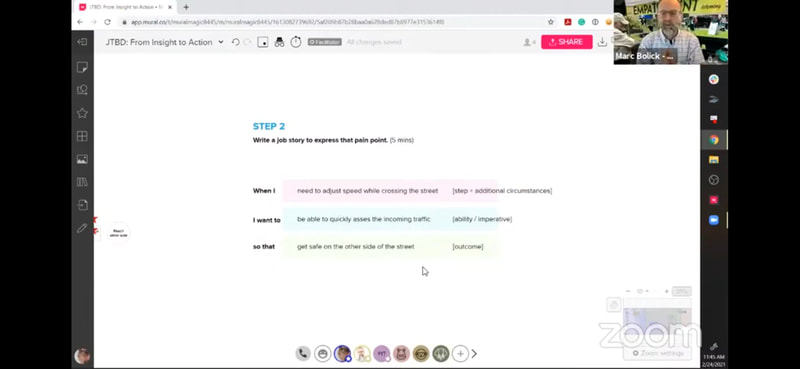


 RSS Feed
RSS Feed